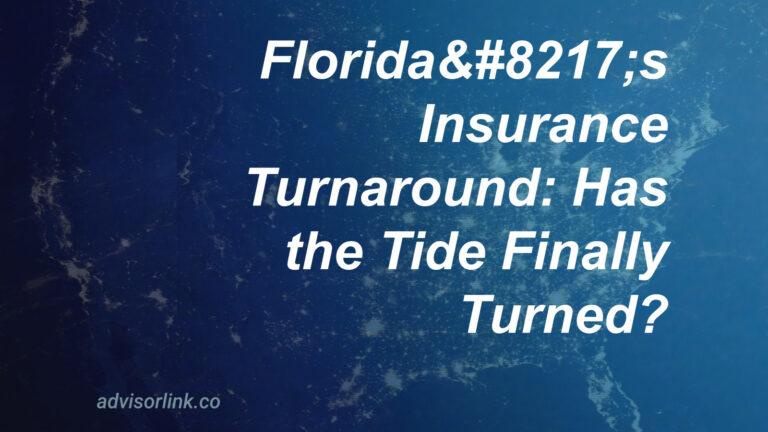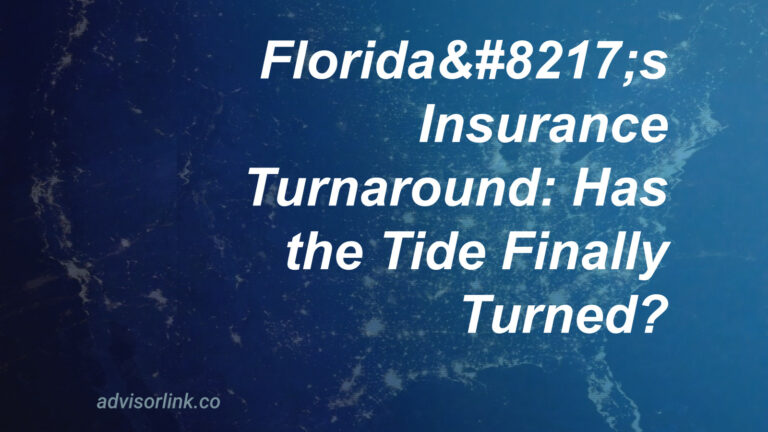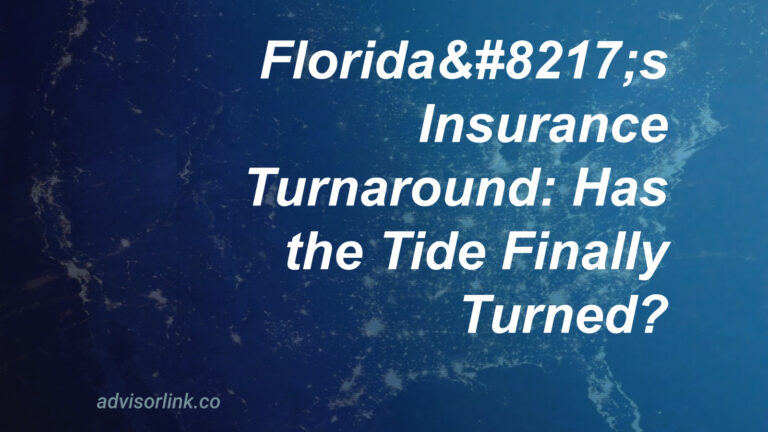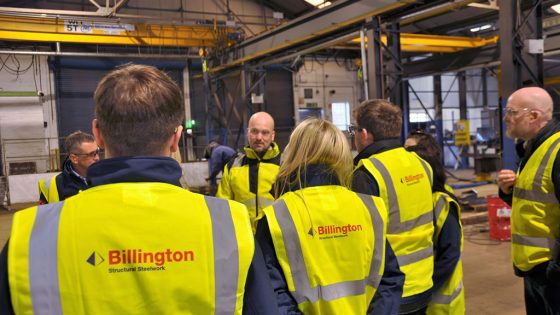The Gap Between Disaster and Protection: America’s Growing Insurance Crisis
First quarter economic losses from natural catastrophes have soared to unprecedented levels, according to a new report from Aon. The numbers tell a stark story, but behind those figures are American families and small businesses facing the harsh reality of nature’s fury with insufficient financial protection.
Is our nation prepared for this new normal? The data suggests otherwise.
The increasing frequency and severity of these disasters paint a troubling picture: homes damaged, businesses shuttered, and communities left wondering how to rebuild. What once might have been considered ‘once-in-a-lifetime’ events now occur with alarming regularity, leaving many Americans financially vulnerable.
What should homeowners know about this changing landscape?
Insurance is no longer just another bill to pay—it’s becoming an essential financial lifeline in an era of climate volatility. Homeowners across the country face a double-edged sword: rising premiums on one side and the increasing possibility of catastrophic loss on the other.
Standard homeowners insurance policies, once considered adequate, now leave dangerous gaps in coverage that can mean the difference between recovery and financial ruin. Many Americans remain unaware that flood damage—among the most common and destructive natural disasters—typically isn’t covered in standard policies.
From the hurricane-prone Gulf Coast to California’s wildfire corridors to the flood plains of the Midwest, property owners must reckon with a new reality: yesterday’s insurance protection may be woefully inadequate for tomorrow’s disasters.
How are small businesses weathering this storm?
Small business owners face unique challenges. Their insurance needs extend beyond property damage to include business interruption—the potentially devastating loss of income during rebuilding periods. For many mom-and-pop operations running on thin margins, extended closures can be fatal to their business.
The hard numbers from Aon’s report reveal a disturbing trend: while insurance companies paid out record claims in the first quarter, the gap between insured and total economic losses continues to widen. This means more of the financial burden falls directly on business owners, many of whom have invested their life savings into enterprises now threatened by forces beyond their control.
What makes this insurance gap so concerning?
The stark difference between insured and economic losses represents a crisis hiding in plain sight. This gap isn’t merely an accounting figure—it’s the measure of dreams deferred, retirements delayed, and financial security threatened.
For every dollar paid out by insurance companies, several more dollars of damage remain uncompensated. Some property owners discover too late that their policies contain exclusions or limitations they never fully understood. Others find themselves priced out of adequate coverage entirely as insurers retreat from high-risk areas.
This creates a troubling scenario where those most vulnerable to catastrophic events often have the least protection against them. In storm-ravaged communities across America, this reality plays out with heartbreaking regularity.
What does this mean for our communities?
The ripple effects extend far beyond individual property owners. When disasters strike underinsured communities, local tax bases erode, municipal services strain, and recovery timelines stretch from months into years. The social fabric itself can begin to fray.
Some regions face what insurance experts now call ‘protection gaps’—areas where traditional insurance markets have become so constrained that obtaining affordable coverage becomes nearly impossible. This creates geographic inequities where economic recovery becomes dependent on a property owner’s zip code rather than their prudence.
From Hurricane Katrina to the Great Flood of 1993, from the California Wildfires of 2020 to countless other calamities, history shows that communities with robust insurance coverage recover faster and more completely.
How should Americans respond to these challenges?
Property owners would be wise to conduct a thorough insurance review immediately, rather than waiting until disaster threatens. Understanding policy terms, exclusions, and coverage limits isn’t just prudent financial management—it’s increasingly an essential survival skill.
For many, this means difficult conversations with insurance agents about rising premiums and difficult choices about deductibles, coverage limits, and supplemental policies. The financial calculations are complex, balancing immediate affordability against potential catastrophic loss.
Beyond individual action, communities must engage in honest conversation about building codes, infrastructure improvements, and local emergency response capabilities. Preparation at all levels—from individual households to municipal governments—represents our best defense against nature’s unpredictability.
The cold, hard truth remains that climate-related catastrophes show no signs of abating. From strengthening roofs to installing flood barriers, from creating emergency kits to developing evacuation plans, Americans must adapt to this new reality.
As one insurance adjuster in the Aon report noted, ‘It’s no longer a question of if disaster will strike, but when.’ That’s a sobering thought for a nation where millions of families remain financially unprepared for the storms ahead—both literal and financial.
And that’s the way it is.
Disclaimer: General Information & Accuracy
This blog provides general information and discussions about insurance and related subjects for informational purposes only. It is not intended as professional advice, including but not limited to financial, legal, or medical advice. We strive for accuracy, but laws, regulations, information, and best practices constantly evolve, and unintentional errors can occur. Therefore, we make no warranties about the completeness, accuracy, reliability, or suitability of the blog content. Always consult with a qualified professional for advice tailored to your specific situation. Any reliance you place on this information is strictly at your own risk.




